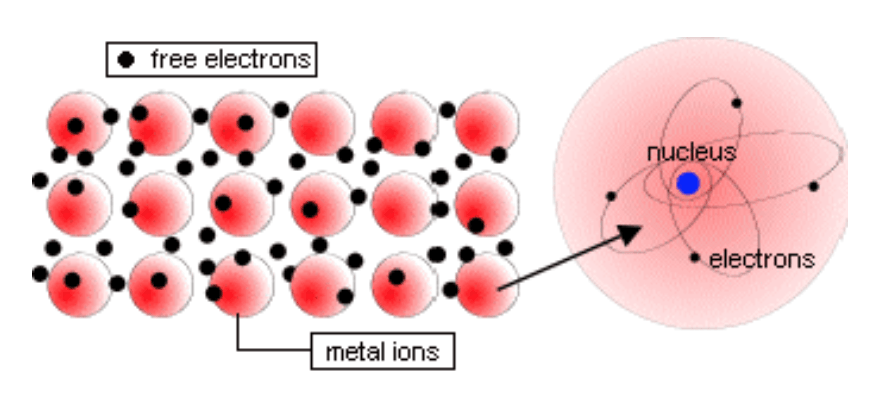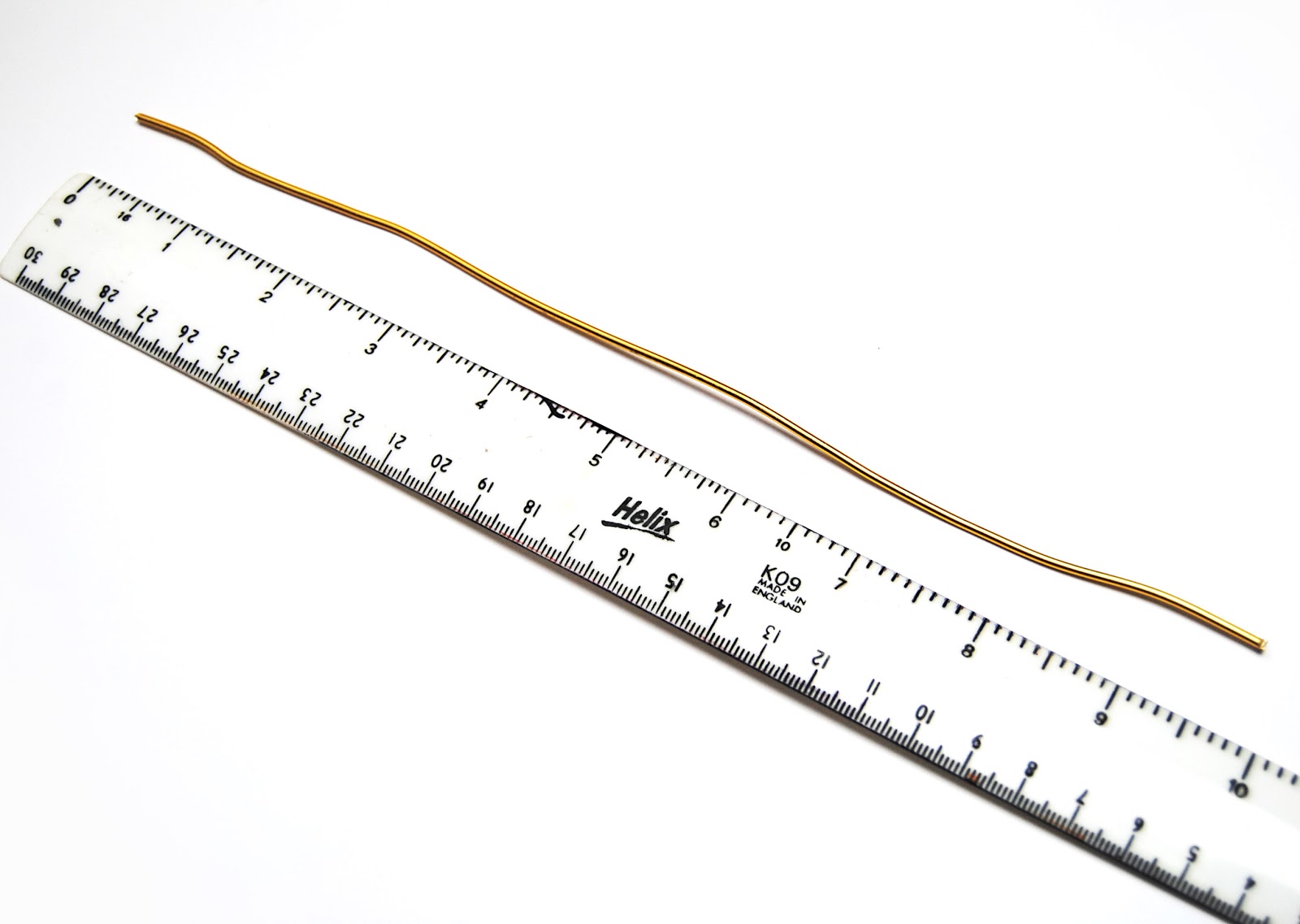Objectives:
- To be able to define resistivity of a material;
- To select and use the equation
- To be able to describe and apply techniques and procedures used to determine the resistivity of a metal
Resistivity

Resistance, as discussed in a previous section is a measure of the difficulty for a charged particle to flow through a material. It is the property of a material that makes a moving charge dissipate its energy.
As you can see from the definition of resistance it only appears to be dependent on the p.d. and the current running through the material, but there must be some property of the material itself that allows it to resist the flow of charge more or less – hence we get materials that act as good insulators or good conductors. The more free electrons present in a wire would typically allow for an increase in current and therefore a decrease in resistance, and vice versa.
What factors would affect the flow of electrons and therefore affect the resistance?
- Take a copper wire of uniform diameter throughout, it will have
amount of free electrons. If you doubled the length of the piece of copper it would have twice as many free electrons,
. Therefore the length,
, of the material will affect the flow of free electrons.

- Take a fixed length of copper (say 10 cm), it will have
amount of free electrons. If you were to double the thickness of the piece of copper it would have twice the diameter, doubling the diameter would result in the cross sectional area of the copper wire to quadruple (a derivation of this is shown below), so there would be four times the number of free electrons,
. Therefore the cross sectional area,
, of the material will affect the flow of free electrons.

- The type of material itself will affect the number of free electrons that are present. Think back to the mean drift velocity of electrons flowing in a wire, the more delocalised (or free) electrons there are the greater the value of
; A similar principle is relevant for how resistive a material is. How resistive a material is will depend on both the number of free charge carriers as well as the number of ions restricting the flow, a material will have a value known as its resistivity which is a value that takes into account the number of free electrons and the number of fixed charges (ions) and is denoted with the letter $rho $ . Therefore the resistivity value,
, of the material will affect the flow of free electrons.

The resistance of a wire is affected by the three quantities, length, cross sectional area and resistivity and the following equation can be shown by experiment;
This equation can also be rearranged in order for the resistivity of a material to be calculated;
The units of resistivity
The units can be determined by putting the units of each quantity into the equation ;
Finding the resistivity of a material
By experimenting using the following circuit setup, the resistivity value for a material can be found;

Measurements:
- The length of the wire can be measured using a ruler, to the nearest mm.
- The cross sectional area can be measured using a micrometer, normally to the nearest 0.01 mm, due to potential deformities along the wire the cross sectional area should be measured in at least 3 location along the wire and an average then taken.
- The resistance can be measured using the voltmeter and ammeter and using the equation
.
Using these measurements and will all a value for resistivity to be determined. One set of measurement is sufficient for a resistivity value but a series of measurements will allow an increase in precision.
The best method for accomplishing this is not by simply changing one variable and repeating the process but instead by doing the following;
Keep the length and cross sectional area constant, change the variable resistor and obtain a set of results for p.d. and current e.g.
 As we now have a set of values for p.d. and current rather than resistance we can merge the equation for resistance
As we now have a set of values for p.d. and current rather than resistance we can merge the equation for resistance with the equation for resistivity
as shown;
rearranging this for V gives;
This is now in the form (this technique will be used frequently in A level physics). Plotting a graph of p.d. against current should allow a straight line of best fit to be drawn:

where;
(the line of best fit should ideally pass through the origin)
Using this graph and the equation we can see that the gradient of this graph is equal to
By determining the gradient using normal graph techniques, it can be shown that
Therefore taking and substituting everything known gives;
The error in this measurement can also be found by drawing the upper worst acceptable line of best fit and the lower worst acceptable line of best fit, determining new gradients for each and therefore calculating new values for resistivity. The mean value of these new values for resistivity can be used to determine an overall value which includes errors.
To determine whether the value for the resistivity of copper is realistic, use this link for a comparison – link
Proof that doubling the diameter will quadruple the cross sectional area
A wire with diameter will have a radius
. This wire therefore has a cross sectional area equal to
.
If this wire had double the diameter, , it will also have double the radius,
.
The wire therefore has a cross sectional area . Multiplying this out gives;
Since ;
This shows that the cross sectional area has increased by a factor of 4, therefore has quadrupled.
Resistivity question
Two wires, A and B are made of the same material. Wire A is twice as long as B and has twice its diameter. Which wire has the greatest resistance?
Try it before you view the answer!
Answer
Wire A:
Wire B:
Wire A has ½ the resistance of wire B
Further reading:
- Isaac Physics – Resistivity – This is a reading resource
- Learn the ways in which resistivity is used in archaeology.
- The Electrical Resistivity of Metals and Alloys by Paul L. Rossiter – link

You must be logged in to post a comment.